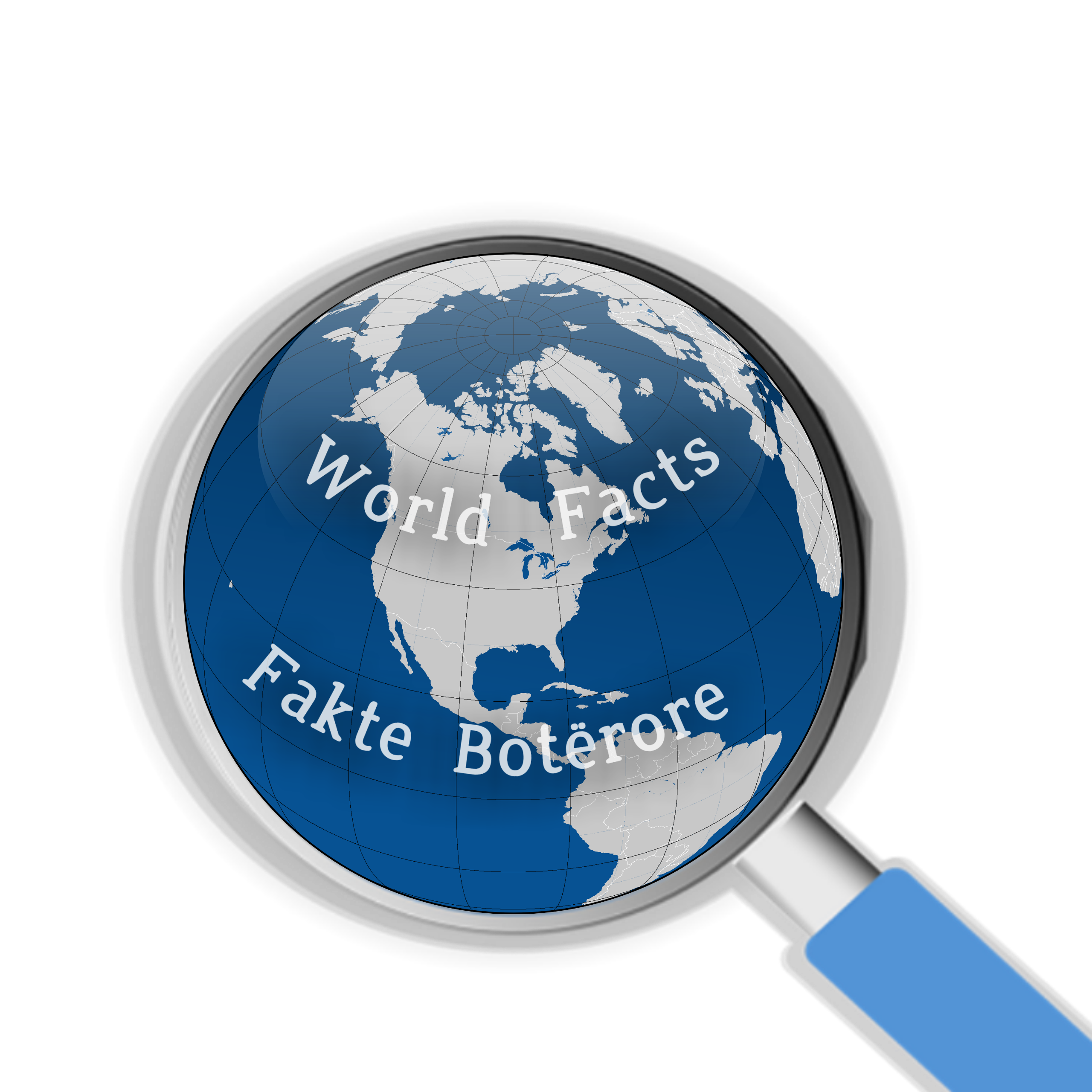On This Day, April 20, 1902...
- Fakte Botërore

- Apr 20, 2019
- 1 min read
Updated: Jan 4, 2020

Looking for a subject for her doctoral thesis, Marie Curie decided to look into uranium rays as a possible field of research. The term radioactivity, which describes the phenomenon of radiation caused by atomic decay, was in fact invented by Marie Curie.
Curie's systematic studies of pitchblende and torbernite concluded that these two minerals must contain small quantities of another substance that was far more active than uranium. And by 1898 she discovered that the element “thorium” was also radioactive.
Pierre Curie increasingly fascinated by her work in 1898 dropped his work on crystals and joined her.
In July 1898, Curie and her husband published a joint paper announcing the existence of an element which they named ”polonium” after her native Poland, whereas on 26 December 1898, the Curies announced the existence of a second element, which they named “radium”.
To prove their existence they then sought to isolate these elements from pitchblende.
On the 20th of April 1902 in their laboratory in Paris, from a ton of pitchblende, one-tenth of a gram of “radium chloride” was successfully separated.
For this work, one year later in 1903 she was awarded her doctorate of science and shared the Nobel Prize in physics with her husband and Henri Becquerel. She was the first woman to win a Nobel Prize.











Comments